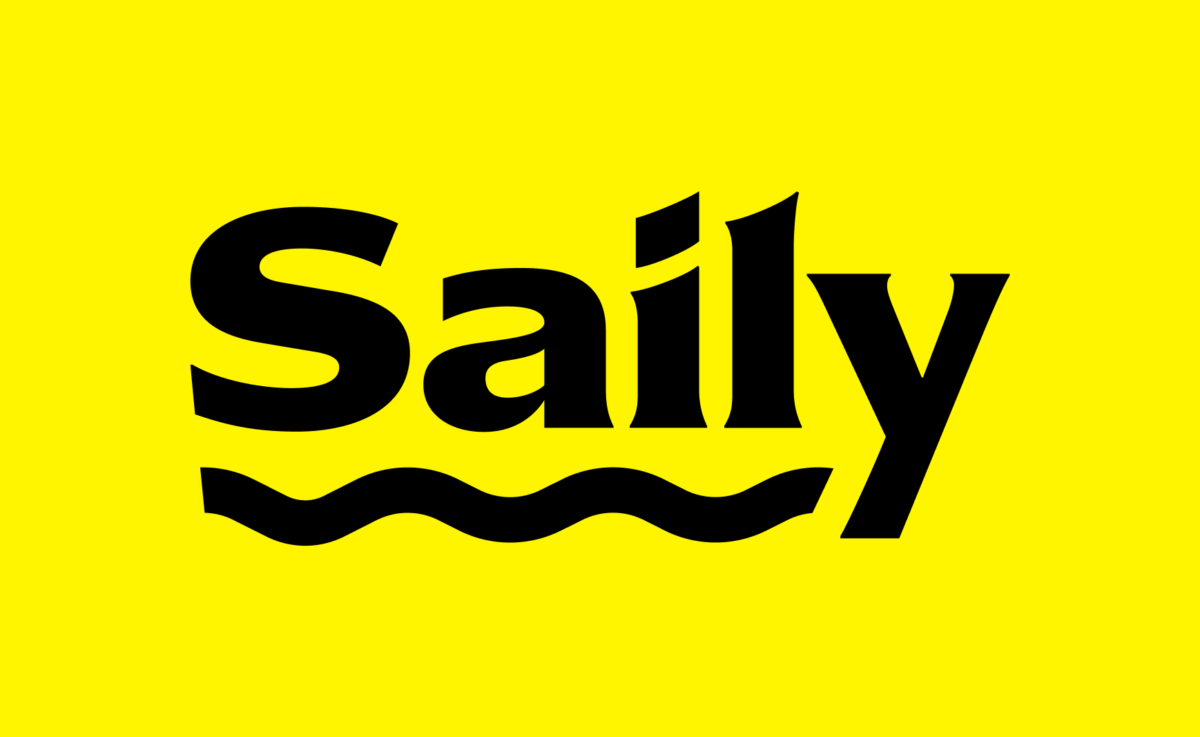
whale watching – icelan
Iceland Winter Whale Watching – A complete guide
Imagine being on a boat with the Arctic breeze on your face. Your heart is racing with excitement. Below, huge whales swim gracefully, showing their heads in a beautiful sight. Winter in Iceland is magical. It’s a time to see orcas and humpbacks up close. This adventure connects you with these amazing creatures. It shows us why we must protect their homes.
This guide will take you into the world of whale watching in Iceland’s winter. You’ll see over 24 whale species in their natural home. You might see orcas hunting or humpbacks jumping out of the water. It’s an experience you’ll never forget. Winter is the best time to see whales in Iceland. Get ready for an exciting journey!

As a travel enthusiast and photographer from the UK. I have a passion for nature and wildlife, I tend to focus on eco-tourism and sustainable travel but like to cover a wide range of articles. My favourite destination has got to be Malta, I love the food there and the relaxing nightlife of Silema is my happy place!
Affiliate Disclosure: Some of the links on our site are affiliate links, meaning, at no additional cost to you, we may earn a commission if you click through and make a purchase. This helps us to continue providing valuable content and supports our efforts in bringing the travel community together. We only recommend products and services we believe in and think you’ll find useful. Complete details are included in our affiliate disclaimer. Thank you for your support!
In a Hurry? Here's our Key Info for This Article
- Iceland offers a 98% success rate for whale-watching boat tours.
- Over 24 species of whales, dolphins, and porpoises can be spotted in Icelandic waters.
- Orcas, known as killer whales, typically travel in pods that can consist of up to 40 members.
- Humpback whales consume up to 1.5 tons of food daily.
- Reykjavík and Húsavík are renowned locations for whale watching, each providing unique species experiences.
Stay Connected
Things to Do
Essential Apps
Surfshark VPN
Stay safe online and continue accessing all your services just like back home.
Budget Tips
Introduction to Whale Watching in Iceland
Whale watching in Iceland is very popular. People from all over come to see the amazing sea life. Iceland’s special geography and rich waters make it perfect for spotting whales. There are over 24 whale species in Icelandic waters all year. You might see orcas, humpbacks, and minke whales. It’s a great chance to see these big animals up close. In winter, whale watching in Iceland is even better. You’ll find fewer people and beautiful winter scenes. Places like Reykjavik, Husavik, and Akureyri offer top whale watching tours.
The cold air makes the experience even more exciting. Herring in the water draws whales closer to shore. Guides will be with you, sharing their knowledge and making it even more special. Whale watching in Iceland is not just about seeing whales. It’s about the stunning nature and the unforgettable moments you’ll have. It’s a must-do for anyone visiting the area.
| Location | Best Time to Visit | Commonly Spotted Species | Unique Features |
|---|---|---|---|
| Reykjavik | Year-round | Minke Whales, Humpback Whales, Dolphins | Accessible tours from the old harbor |
| Husavik | Year-round | Humpback Whales, Orcas | Whale watching capital of Iceland |
| Akureyri | Year-round | Minke Whales, Humpback Whales | Gateway to stunning fjords |
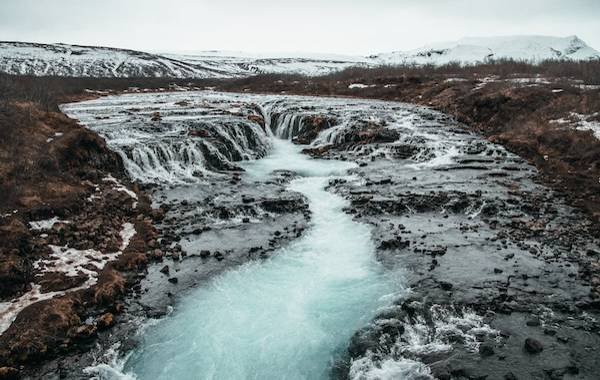
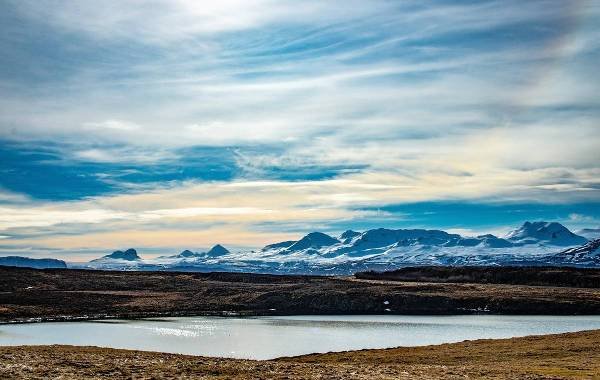
Why Choose Winter for Whale Watching in Iceland?
When planning your trip to Iceland remember to bring your winter clothes because it will be hellishly cold. However, Winter is a special time for whale watching in Iceland. You get to see amazing things that are rare in warmer months. Seeing orcas hunt near the shore is incredible, especially against the winter scenery.
The northern lights in Iceland add to the magic. They light up the sky, making your adventure even more special. Winter tours in Iceland offer unique moments and a calm, close-to-nature feel.
Unique Winter Sightings
In winter, many whales come closer to Icelandic shores. This gives you a chance to see them up close. Orcas, with their striking looks and group hunting, are a highlight. You might also see gentle giants like minke whales and belugas. Their beauty against snowy landscapes makes for amazing photos.
Less Crowded Tours
Winter tours in Iceland are more personal. With fewer people, it’s quieter and more peaceful. You can connect more with nature and learn from guides who have more time for you. This setting is perfect for taking photos. You won’t have to deal with the crowds of summer. It’s a chance to capture beautiful moments without distractions.
Whale Species You Can Spot in Iceland
Iceland’s waters are home to many whale species. This makes it a top spot for whale watching. Knowing about these whales adds to the excitement of seeing them.
Minke Whales
The minke whale is often seen in Iceland. They can grow over 30 feet long. These whales are active all year, especially in winter. They swim fast and can jump out of the water quickly.
Humpback Whales
Seeing a humpback whale is a big thrill. They do cool tricks like breaching and slapping their fins. You can see them in summer, but they also come in winter.
Orcas
Orcas, or killer whales, are exciting to watch. They are actually dolphins and hunt in groups. There are about 5,000 orcas in Icelandic waters.
Other Possible Sightings
You might also see other whales. The blue whale, the biggest animal on Earth, sometimes visits in summer. You could also see fin whales, white-beaked dolphins, and harbor porpoises. Seeing these whales is amazing. It shows how rich Iceland’s marine life is.
| Whale Species | Length | Common Sighting Period |
|---|---|---|
| Minke Whale | 30+ feet | Year-round |
| Humpback Whale | 40-50 feet | Winter & Summer |
| Orca | 20-26 feet | Winter & Summer |
| Blue Whale | 80-100 feet | Rarely in Winter |
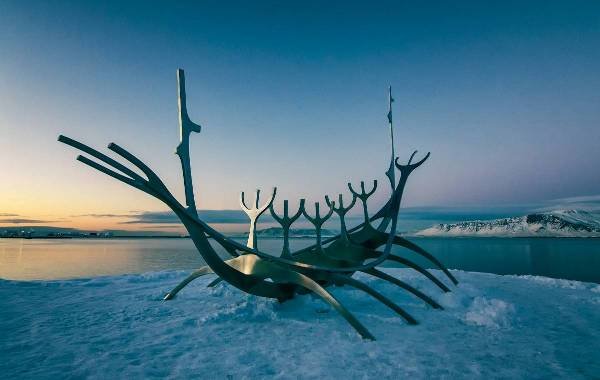
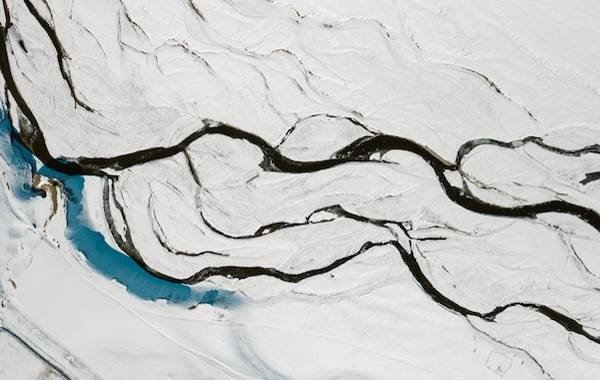
Whale Watching Iceland Winter – Best Locations
Iceland’s marine wildlife and landscapes are amazing for whale watching. Many places in this country are great for seeing whales in winter.
Reykjavik Whale Watching Tours
Reykjavik is a great place to start whale watching. Tours leave from the old harbor. You can see minke whales, dolphins, and porpoises. Reykjavik is good all year. It’s perfect for both new and experienced whale watchers.
Husavik: The Whale Watching Capital
Husavik is known as the best place for whale watching. It has a high chance of seeing whales, especially in summer. But, winter tours are great too. Guided tours in Husavik are very informative. They teach you about the marine life.
Akureyri and Beyond
Akureyri is great for whale watching in North Iceland. The waters are calm and family-friendly. You might see humpback whales and dolphins. The mountains around Akureyri make the experience even better. There are also other places like the Westfjords for whale watching.
| Location | Best For | Common Species | Tour Duration |
|---|---|---|---|
| Reykjavik | Convenience | Minke Whales, Dolphins, Porpoises | 2-3 hours |
| Husavik | High Success Rate | Orcas, Humpbacks | 3-5 hours |
| Akureyri | Family-Friendly | Humpbacks, Dolphins | 2-4 hours |
| Westfjords | Secluded Experience | Humpbacks | 3-5 hours |
| Snaefellsnes Peninsula | Orca Sightings | Orcas, Pilot Whales | 3-6 hours |
Tips for a Successful Whale Watching Experience
Whale watching in Iceland’s winter is special. You get to see amazing whales in beautiful places. Here are some tips to help you see these big animals.
Best Time for Tours
Befotre going to iceland, make sure you have enough time to apply for your schengen visa for our non EU friends. This will impact your timing as it can sometimes take a moment to come through. So plan ahead! Whale watching in Iceland is best from April to October. But, winter tours are great too. They have fewer people and you might see whales. Afternoon and evening tours are best. They have less people and the views are amazing.
What to Wear
It gets very cold on the water in winter. So, wear lots of layers. Here’s what you should pack:
- Warm thermal layers
- Waterproof jacket
- Insulated gloves and hats
- Comfortable, waterproof footwear
This will keep you warm and let you enjoy watching whales. You can see humpbacks and orcas. While doing our packing for your epic trip, other overage should be thought of whenever travelling. Travel insurance is very important. Safetywing is a good company to look into for good coverage of health and theft.
Photography Tips
If you love taking pictures, bring the right camera. A good zoom lens is key. Here are more tips:
- Use fast shutter speeds for clear shots, especially when whales jump.
- Look for the best spots with your tour guide.
- Pay attention to the light, especially in winter.
These tips will make your whale watching photos unforgettable.
Final Thoughts
Whale watching in Iceland’s winter is a special experience. You get to see amazing marine life against beautiful landscapes. It’s a chance to see humpback whales and the northern lights.
When you plan your iceland winter tours, you get to see it all. You might see orcas in the Snaefellsnes Peninsula. The sea looks blue in winter. Companies like North Sailing offer tours that are good for the planet. Whale watching is fun for everyone, whether you’re new or experienced. With the right clothes and maybe a visit to see puffins, your trip will be unforgettable.
Iceland Winter Whale Watching FAQ
The best time is from December to March. This is when you can see orcas and humpback whales.
You might see minke whales, humpback whales, orcas, and sometimes blue whales.
Reykjavik, Husavik, and Akureyri are top spots. They offer great tours and high chances of seeing whales.
Yes, book early, especially in peak season. This ensures you get a spot. Also, remember to research the tipping culture and customs in Iceland, so you can budget for a potential tip for your tour guide.
Wear warm clothes in layers. Include waterproof jackets, gloves, and hats for cold winds. Remember to always pack a camera for memories to last a lifetime. The insta360 should be looked into as a high quality yet compact camera! Perfect for travel.


